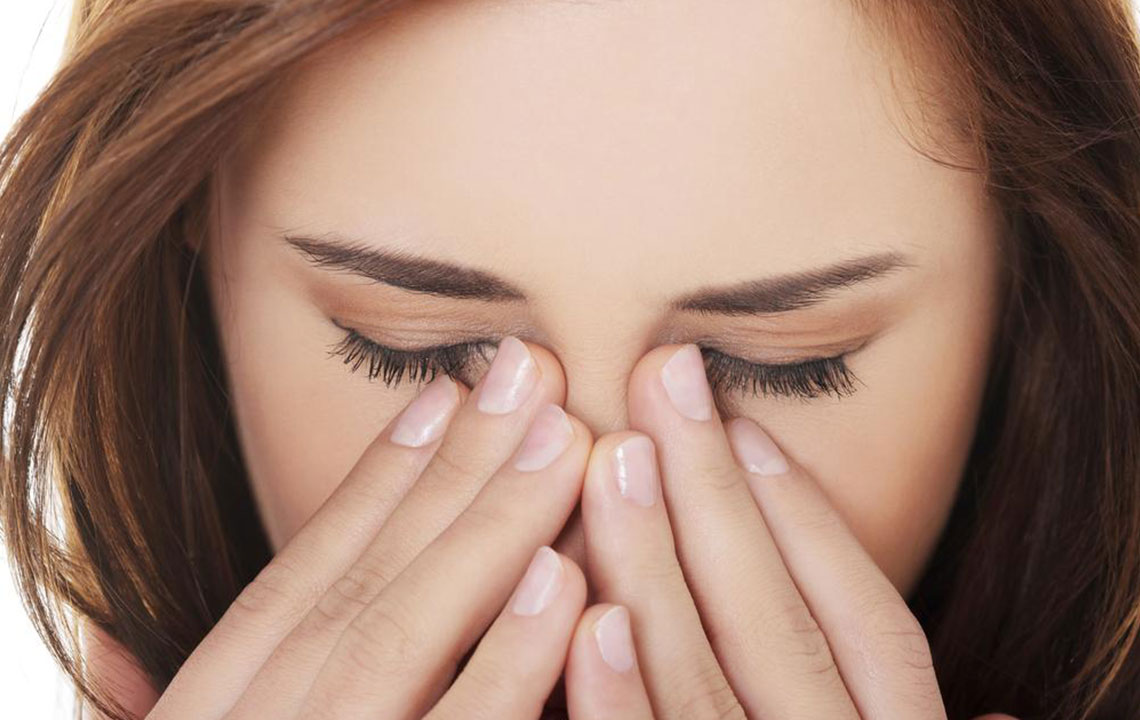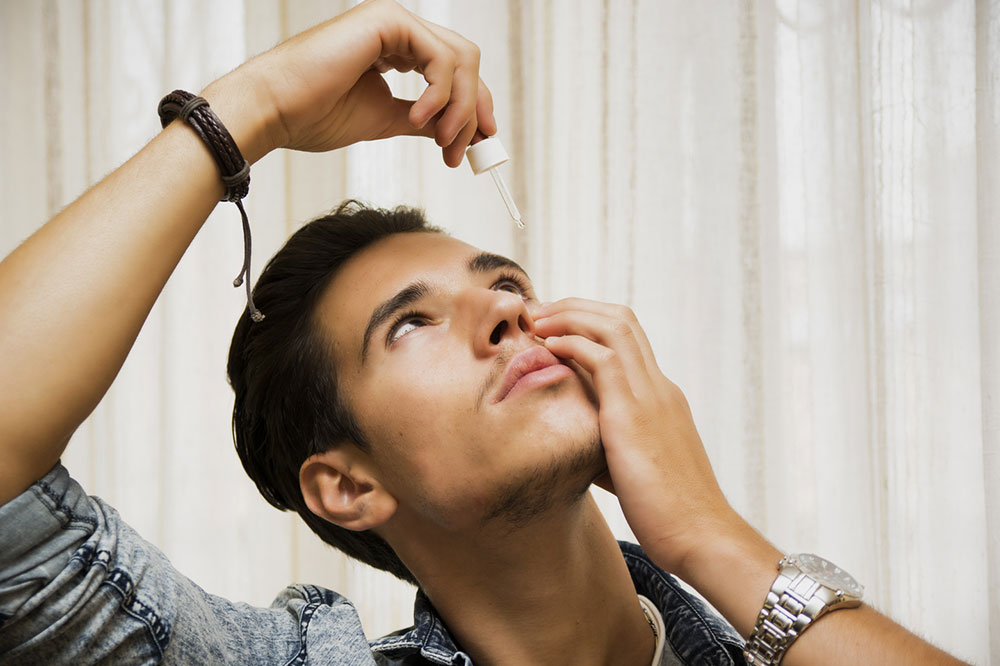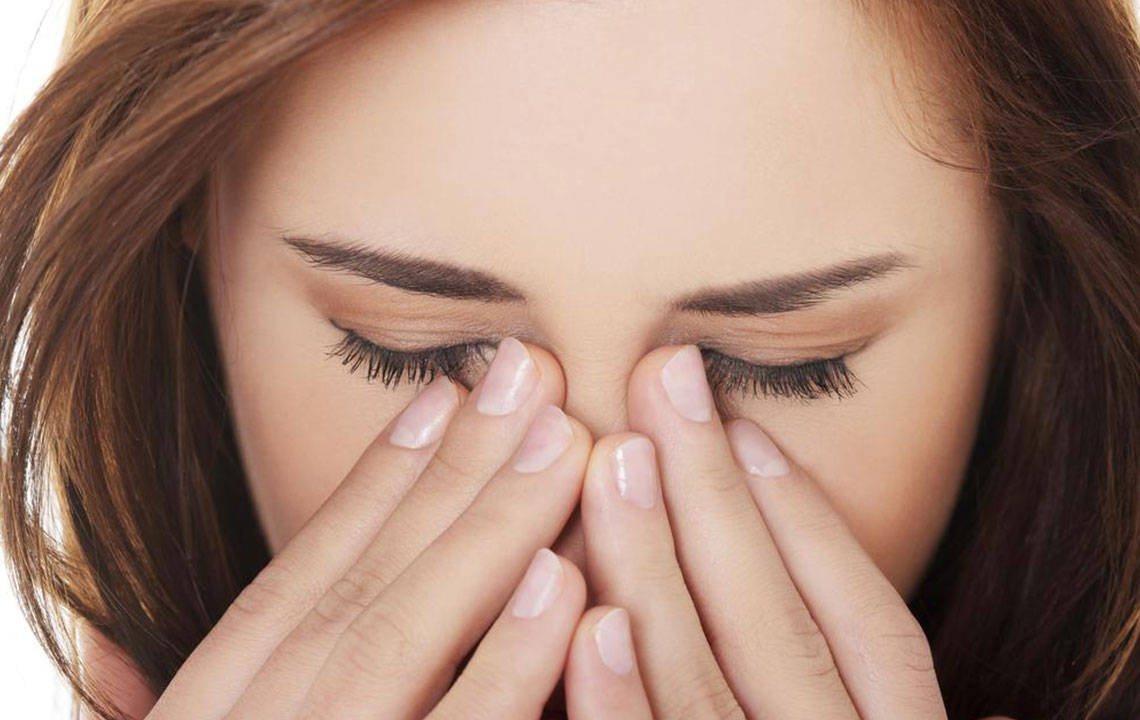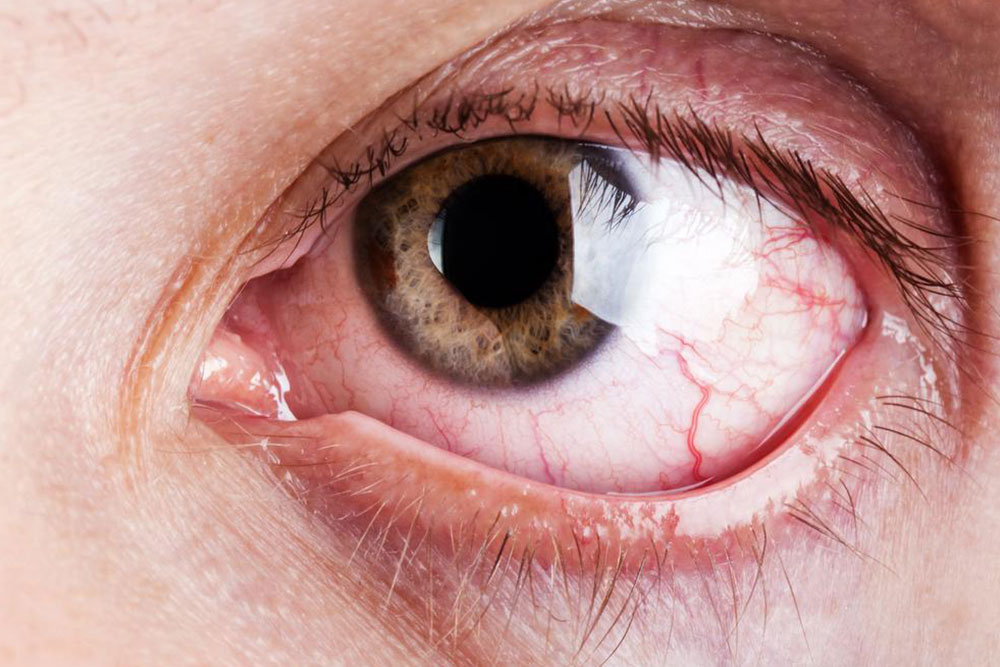Comprehensive Guide to Dry Eye Disorder: Causes, Symptoms, and Effective Prevention Strategies
Dry eye disease affects many by causing discomfort, blurry vision, and irritation. This comprehensive article explores its causes, symptoms, and prevention strategies, offering valuable insights for maintaining eye health. Learn how aging, environmental factors, health issues, and lifestyle choices contribute to dry eyes and discover effective management tips to alleviate symptoms and prevent serious complications.

Comprehensive Guide to Dry Eye Disorder: Causes, Symptoms, and Effective Prevention Strategies
Dry eye disease, also known as keratoconjunctivitis sicca, is a common yet often misunderstood condition that affects millions worldwide. It occurs when the eyes do not produce enough tears or the tears evaporate too quickly, leading to persistent dryness, discomfort, and potential damage to the ocular surface. Understanding the underlying causes, recognizing the symptoms early, and adopting appropriate preventative measures are crucial for maintaining healthy eyesight and overall eye comfort.
This comprehensive guide explores the various factors contributing to dry eye disorder, highlights key symptoms to watch for, and offers practical tips for effective management. Whether you are experiencing mild discomfort or severe symptoms, this article aims to provide valuable insights to help you protect your eye health and improve your quality of life.
Understanding the Causes of Dry Eye Disorder
Dry eye disease is a multifactorial condition influenced by biological, environmental, and lifestyle factors. To effectively address and prevent this ailment, it is vital to understand what causes it.
**Aging:** As we age, the production of tears naturally declines, especially after age 50. The aging process affects the lacrimal glands responsible for tear production, leading to decreased moisture on the ocular surface.
**Hormonal Changes:** Women, particularly post-menopause, are more susceptible due to hormone fluctuations that impact tear production. Hormonal contraceptives and hormone replacement therapy can also influence tear stability.
**Environmental Factors:** Exposure to dry, windy, or dusty environments accelerates tear evaporation. Prolonged screen time, indoor heating, and air conditioning further dry out the eyes by reducing humidity levels.
**Health Conditions:** Chronic illnesses such as diabetes, rheumatoid arthritis, and thyroid disorders can impair tear production. Vitamin A deficiency, which affects the health of ocular epithelial cells, is another contributing factor.
**Medications:** Certain medications—including antihistamines, antidepressants, blood pressure drugs, and isotretinoin—can reduce tear secretion as a side effect.
**Eye Surgeries and Contact Lenses:** Procedures like LASIK or cataract surgery can temporarily or permanently impact tear film stability. Contact lens wearers often experience increased dryness and irritation.
**Other Factors:** Environmental pollutants, smoking, and stress can also negatively influence eye hydration and tear quality.
Recognizing the Symptoms of Dry Eye Disease
Early detection of dry eye symptoms is essential for timely intervention. The signs and symptoms vary among individuals, but common indicators include visual disturbances and physical discomfort.
Visual Symptoms
Blurred Vision: When tears are insufficient, the smoothness of the tear film is compromised, causing objects to appear fuzzy or out of focus. This blurry vision often worsens after prolonged visual tasks such as reading or using a computer.
Light Sensitivity: Bright lights and glare may cause discomfort or pain, making outdoor activities or exposure to direct sunlight challenging. Scattered light on the eye surface intensifies visual discomfort.
Night Vision Difficulties: Driving at night becomes hazardous due to halos, glare, and decreased contrast sensitivity. These issues stem from irregular tear film distribution affecting light entry into the eye.
Double Vision: While less common, persistent double images can occur because of unstable tear layers causing visual distortions.
Physical Symptoms
Redness and Inflammation: Inflammatory response in the blood vessels of the sclera or conjunctiva gives the eyes a reddish appearance. Chronic dryness can exacerbate inflammation, creating a cycle of irritation.
Discomfort and Pain: Mild to severe burning, stinging, or scratchy sensations are hallmark signs. These feelings surface more during activities that reduce blinking or increase eye exposure.
Irritation and Itching: Excessive dryness triggers itchy feelings akin to allergic reactions, prompting frequent rubbing which can further damage the delicate ocular surface.
Tearing and Excessive Lacrimation: Paradoxically, dry eyes may produce excessive tears as a reflex response to surface irritation. However, these tears are often of poor quality and evaporate quickly.
Eye Fatigue and Heaviness: Prolonged visual tasks lead to tired, heavy eyes, often coupled with headaches, especially during screen time or reading sessions.
Focus and Concentration Difficulties: Visual fatigue impairs concentration during work or reading, reducing productivity and comfort.
Contact Lens Intolerance: Dryness increases discomfort for contact lens users, sometimes forcing discontinuation or frequent removal of lenses.
Reduced Tear Production: Individuals may notice they are unable to produce tears adequately, even during emotional moments, highlighting tears' essential health role.
Mucus Discharge: Mucus or stringy discharge, especially upon waking, can cause eyelids to stick together, emphasizing surface irritation or infection.
If you recognize these symptoms, seeking professional eye care promptly is vital. An ophthalmologist or optometrist can diagnose the severity of the condition and recommend appropriate treatments, including artificial tears, lifestyle changes, or medical interventions to restore comfort and protect vision.





